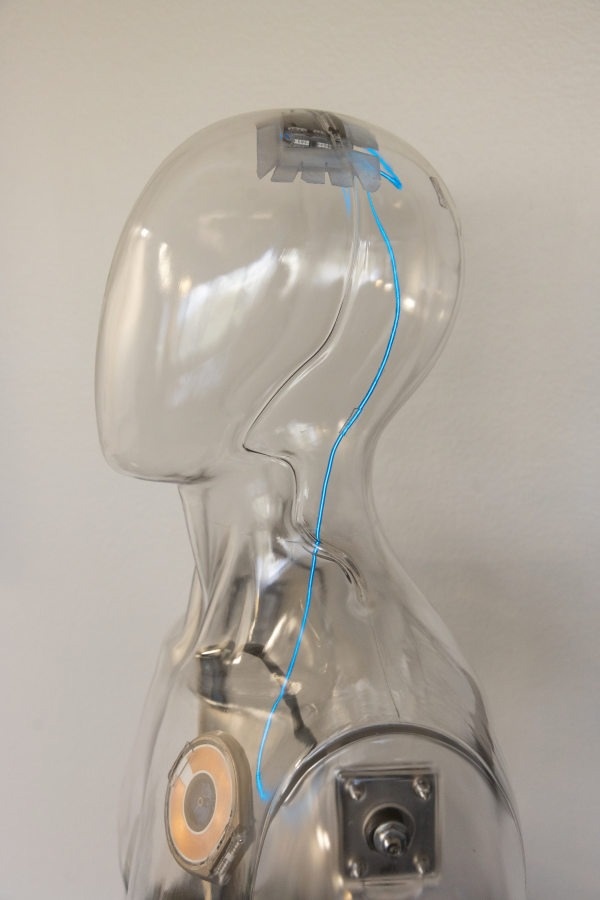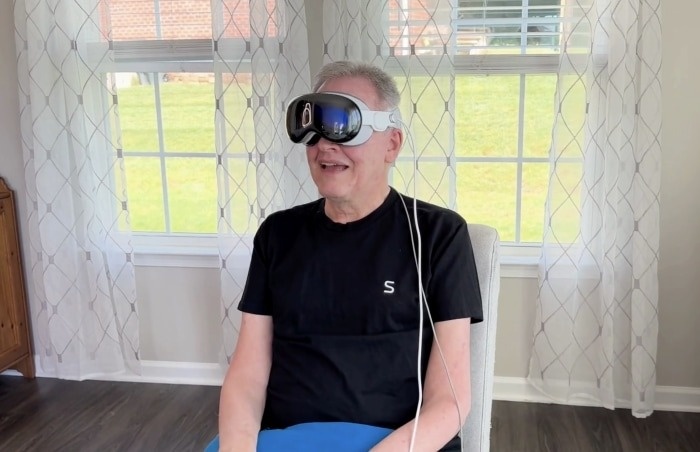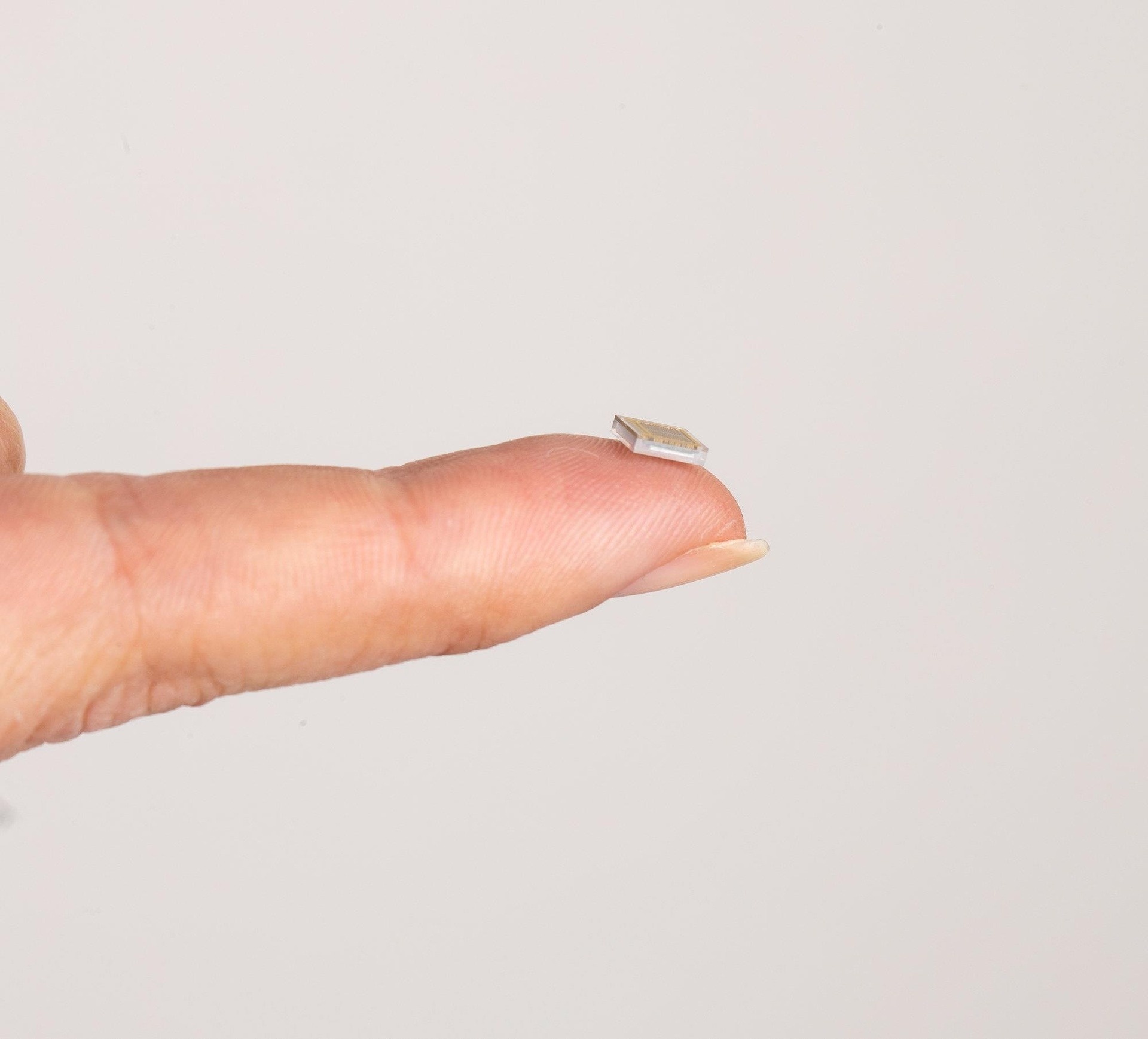
According to WSJ , 2026 will be a pivotal year for companies in the field of brain-computer interfaces (BCI), technology that can help paralyzed patients control computers or electronic devices using only brain waves, without movement.
In theory, a BCI is a system that decodes brain signals and translates them into commands for external technology. If the system works, patients with severe degenerative diseases like polio could text or browse social media with their minds.
So far, fewer than 100 people have received permanent BCI implants. That number will more than double in the next 12 months, if the companies with FDA approval for new experimental uses meet their goals in clinical trials.
$1 billion /year market
There are dozens of neurotech startups emerging around the world right now, with four companies considered leaders in the implantable chip space: Paradromics, Synchron, Precision Neuroscience, and Elon Musk’s Neuralink.
With backing from the world’s richest man, Neuralink is by some measures the most ambitious. With the exception of Paradromics, Synchron, Precision Neuroscience, and Neuralink have all reached the stage of implanting technology into the human brain.
All four are betting that their technology will become a standard part of healthcare for hundreds of thousands, even millions of people. More importantly, Morgan Stanley predicts that the market for brain-computer chip implants will reach $1 billion a year by 2041.
 |
Mark Jackson, an ALS patient, controls the Apple Vision Pro virtual reality glasses with the help of a brain chip implanted by Synchron. Photo: WSJ. |
Each of these startups has its own approach, and the WSJ says they all have reason to believe their products will come out ahead.
Among the companies pursuing this field, Synchron, the first to partner with Apple, opts for the least invasive surgical approach.
Specifically, the company's implantable chip, which appears as a tube-shaped electrode grid, is threaded through a major blood vessel in the brain like a stent.
Synchron's device can be implanted without opening a patient's skull, which allows more doctors to be trained to perform the surgery, according to Kurt Haggstrom, the company's chief commercial officer.
However, the downside of Synchron is that the brain activity signals from the electrodes are often less accurate. In the simulation with Apple, the startup’s BCI implant patients still have to wear Vision Pro virtual reality headsets.
Additionally, patients will actually have to move the cursor using eye tracking, not mind control. Synchron expects to begin final FDA trials for its BCI interface by the end of 2025, and the trials will take about two years.
A Thousand Approaches to the Brain
Meanwhile, Precision Neuroscience has an approach that involves placing a small, flat array of electrodes on the surface of the human brain. The startup is developing a completely wireless system that communicates like wireless charging.
With 1,024 electrodes spread over an area of 1.5 square centimeters, the system is capable of doing more than Synchron, such as translating thoughts into speech.
But Precision’s ambitions have a major flaw. Because of its different approach, the startup records neural activity differently, and researchers are only just beginning to map the signals, according to Dr. Iahn Cajigas, a neurosurgeon at the University of Pennsylvania.
“In the coming years, I think this could be a viable solution for amputee patients to control robotic hands,” Cajigas commented.
Paradromics’ BCI, meanwhile, looks like a coin with a spike sticker on one side, with 421 tiny electrodes embedded 1.5 millimeters deep into the brain. Implanting multiple electrode arrays can create an exceptionally fast connection, like the difference between a bad Wi-Fi signal and a great one, according to the WSJ .
 |
This tiny chip could be inserted into the surface of the brain, capturing data from microscopic electrodes for research on the human brain. Photo: Neuralink. |
Like Neuralink’s system, CEO Matt Angle says Paradromics’ technology can record signals from individual neurons. Its electrodes are also so small that they could theoretically go unnoticed by a patient’s brain, preventing the kind of scarring and other problems that plagued early university lab systems.
Of the companies involved in BCI, billionaire Elon Musk’s Neuralink is by far one of the most successful. In January, Musk revealed that Neuralink had implanted a BCI in its third patient.
The billionaire also revealed that the startup is planning to perform about 20-30 more implants by 2025. According to WSJ , Neuralink's second patient demonstrated capabilities previously only demonstrated in research labs, where wires go deep into the participant's brain and connect directly to an external computer.
With electrodes implanted 7mm deep into the brain, that Neuralink patient could design software, play video games, and more.
But Cajigas says there are potential trade-offs to this type of implant, including the big question of how the brain will react to these electrodes and render them unusable. More importantly, once electrodes are inserted deep into the cortex, it’s unclear how easy it is to remove them and put in a new one.
Source: https://znews.vn/cuoc-chay-dua-mang-chip-vao-nao-nguoi-post1554002.html
























![[Photo] National Assembly Chairman Tran Thanh Man visits Vietnamese Heroic Mother Ta Thi Tran](https://vphoto.vietnam.vn/thumb/1200x675/vietnam/resource/IMAGE/2025/7/20/765c0bd057dd44ad83ab89fe0255b783)










































































Comment (0)